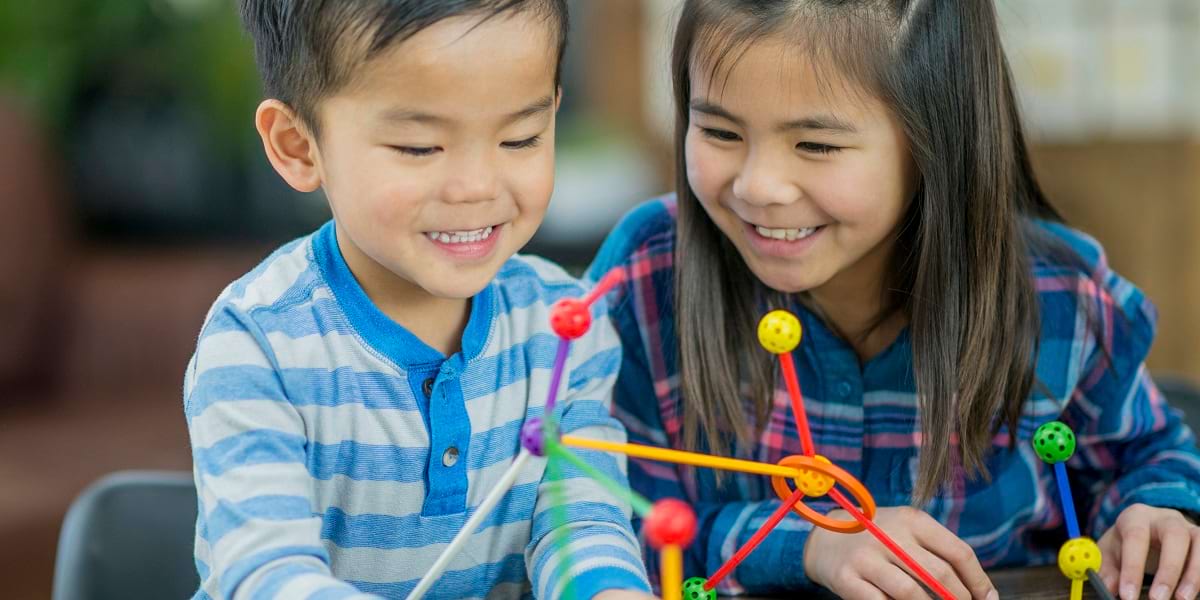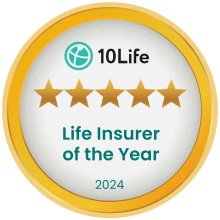Do you want your kids to stand out in a primary school admission interview? Experienced education advisor Mr Peter Chiu Wing-Tak shares some useful interview tips below for increasing your child's chance of getting an offer.
Say ‘No’ to textbook-memorising – STEM is more than technology
Cultivate your kids’ interest in STEM and expand their learning beyond the scope of high-tech science. Have you ever tried building a mini launcher with popsicle sticks, rubber bands, bottle caps and ping pong balls?

Parents can take on the role of engineers at home and encourage their kids to become junior inventors. They don’t have to invent rockets or spacecraft, but they can get a good head start on learning STEM (Science, Technology, Engineering and Mathematics). STEM is not limited to high-tech science: you can build a mini launcher with popsicle sticks, rubber bands, bottle caps and ping pong balls!
Unlike other traditional education models, STEM places great emphasis on training the way in which we think. Through a series of hands-on experiences, children take the initiative to explore, learn and improve their own designs, boosting their creativity and problem-solving skills.
Also, STEM-learning can take place outside the classroom and parents can play an important role in their kids’ learning. They can work on various tasks together, such as DIY experiments, practice and research, problem-solving tasks and debugging. It doesn’t matter whether it’s a success or a failure, what’s important is that parents get to spend some quality time with their kids during the learning process.

Apple CEO Tim Cook says it is more important to learn how to code than it is to learn English as a second language. He emphasized that creativity is everything, and programming language is a tool through which human creativity can shine. "I am not telling people not to learn English in some form — but I think you understand what I am saying is that this is a language that you can [use to] express yourself to 7 billion people in the world!”
CNBC once reported that one third of the 25 highest-paying jobs in America are related to IT, including software engineering and application development.1
STEM is more than technology
STEM courses are not always about mechanics or coding. In fact, STEM exists everywhere in our day-to-day life. Parents can work on creative DIY projects with their kids using household materials instead of buying expensive textbook tools. For instance, try to build a mini launcher with simple materials like rubber bands, popsicle sticks, plastic spoons and ping pong balls! Then the kids can try to find the right launching power and angle to hit the target through a series of experiments.
Elon Musk once said, “If things are not failing, you are not innovating enough.” We must learn to find out what’s wrong in the process, and keep on trying despite continual setbacks and failures. This is an indispensable part of STEM education. Instead of only focusing on the outcomes, we should learn to ask the “how” and “why” questions.
The hands-on approach is the best way to learn science
It was reported that the famous inventor Thomas Edison failed over 6,000 times before perfecting the first electric light bulb. When someone asked why he did not give up, Edison replied, “I have not failed but have successfully discovered six thousand ways that won’t work!”
Science is all about creativity, and there is no standard answer. And it is the same in life. Parents who want to nurture their children into creative individuals must learn to let go and avoid stressing their kids out.
Scientific knowledge is not something that can be gained only by memorizing textbooks. Try getting your hands dirty! Chan Yik Hei, “the young man who grabbed the star” (aka “Son of the star”), believes that it is difficult for younger students to understand scientific theories just by reading textbooks and looking at pictures. STEM is all about giving students the chance to get their hands dirty, and understand the concepts behind the science through the process of trial and error.
When Chan’s parents realised he had an interest in science, they often took him to the Science Museum and the Space Museum, and they bought different mechanical components for him to experiment with. Almost every electrical appliance in the house was taken apart and studied by him at some point, but his parents never scolded him for his curiosity. Chan believes that parents must learn how to “let go” so their children can further develop their interest in scientific research.2
Creativity is a child’s greatest asset. As well as encouraging kids to explore and enrich their lives, parents should also invest in the right insurance package and financial planning arrangements to have their family assets properly managed, giving their kids the ideal life they deserve.
Source:
The information provided above is for reference only, please refer to the Conditions of Use of this site.



